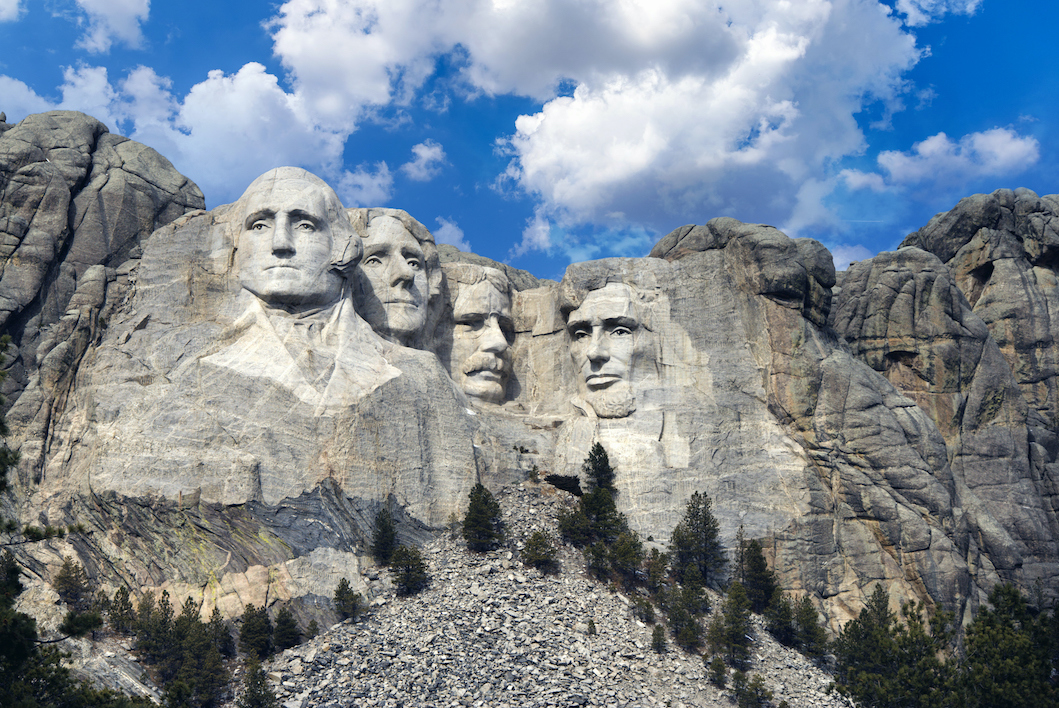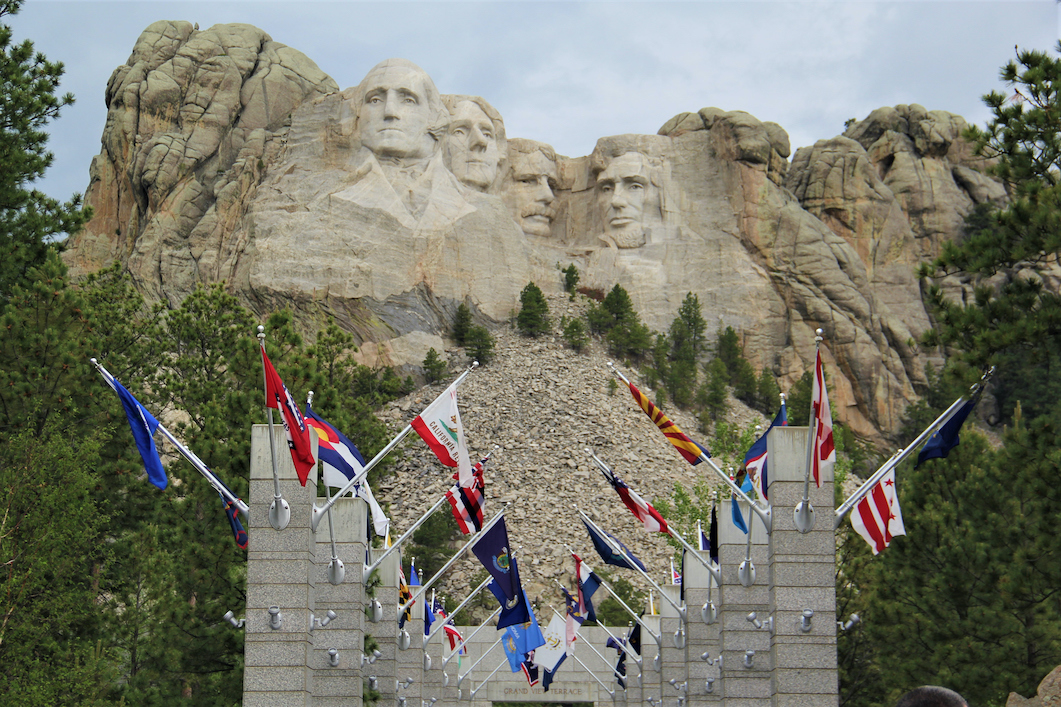
Mount Rushmore National Memorial, located in the Black Hills of Keystone, South Dakota, is one of the United States’ most iconic monuments. It features the carved faces of four U.S. presidents: George Washington, Thomas Jefferson, Theodore Roosevelt, and Abraham Lincoln, each selected for their symbolic representation of American ideals and the country’s history. The memorial draws millions of visitors each year, including seniors, who enjoy the scenic beauty and historical significance of the site.
History and Location
The idea for Mount Rushmore was conceived in the early 1920s by South Dakota historian Doane Robinson. His vision was to create a large-scale carving in the Black Hills to promote tourism to the area. After considering other sites and figures, Mount Rushmore was chosen partly for its granite quality and southeast exposure to sunlight. The mountain was named after Charles E. Rushmore, a prominent New York lawyer who visited the area in 1885 and asked locals for the mountain’s name; they named it after him as a form of respect.
Choosing the Presidents
The four presidents were chosen by sculptor Gutzon Borglum to represent key values of the American story:
- George Washington symbolizes the birth of the nation.
- Thomas Jefferson represents the idea of expansion, including the Louisiana Purchase.
- Theodore Roosevelt signifies development, particularly economic growth and conservation.
- Abraham Lincoln epitomizes preservation, particularly through his leadership during the Civil War.
These figures were intended to convey themes of freedom, democracy, and progress.
The Sculptor and Construction
Gutzon Borglum, an American artist and sculptor of Danish descent, was selected to lead the project. Borglum was already known for his previous works, including the Confederate Memorial Carving on Stone Mountain, Georgia. He began the project in 1927 with the help of 400 workers, who used dynamite and precise chiseling to shape the granite. After Borglum’s death in 1941, his son, Lincoln Borglum, oversaw the project’s final stages.
Timeframe, Cost, and Materials
Construction on Mount Rushmore took approximately 14 years, from 1927 to 1941, with interruptions due to funding shortages and weather conditions. The entire project cost around $989,992, which would equate to approximately $17 million today. Granite was the primary material used due to its durability and resistance to erosion. The workers employed dynamite to blast away large sections of the rock, followed by finer chiseling to achieve the detailed facial features.

Accessibility for Seniors
Mount Rushmore is accessible to seniors and offers a range of amenities to accommodate visitors with mobility needs. The memorial provides an accessible parking lot, walkways, and a visitor center, as well as ramps and elevators where needed. Guided tours, educational programs, and audio-visual displays offer insights into the monument’s history and significance, making it an enjoyable and accessible destination for visitors of all ages.
Mount Rushmore stands as a testament to American history, artistry, and engineering, offering an enriching experience for all who visit. Seniors, in particular, will find the memorial’s accessible facilities and scenic surroundings ideal for a memorable and inspiring visit.
-Phượng Vỹ-
